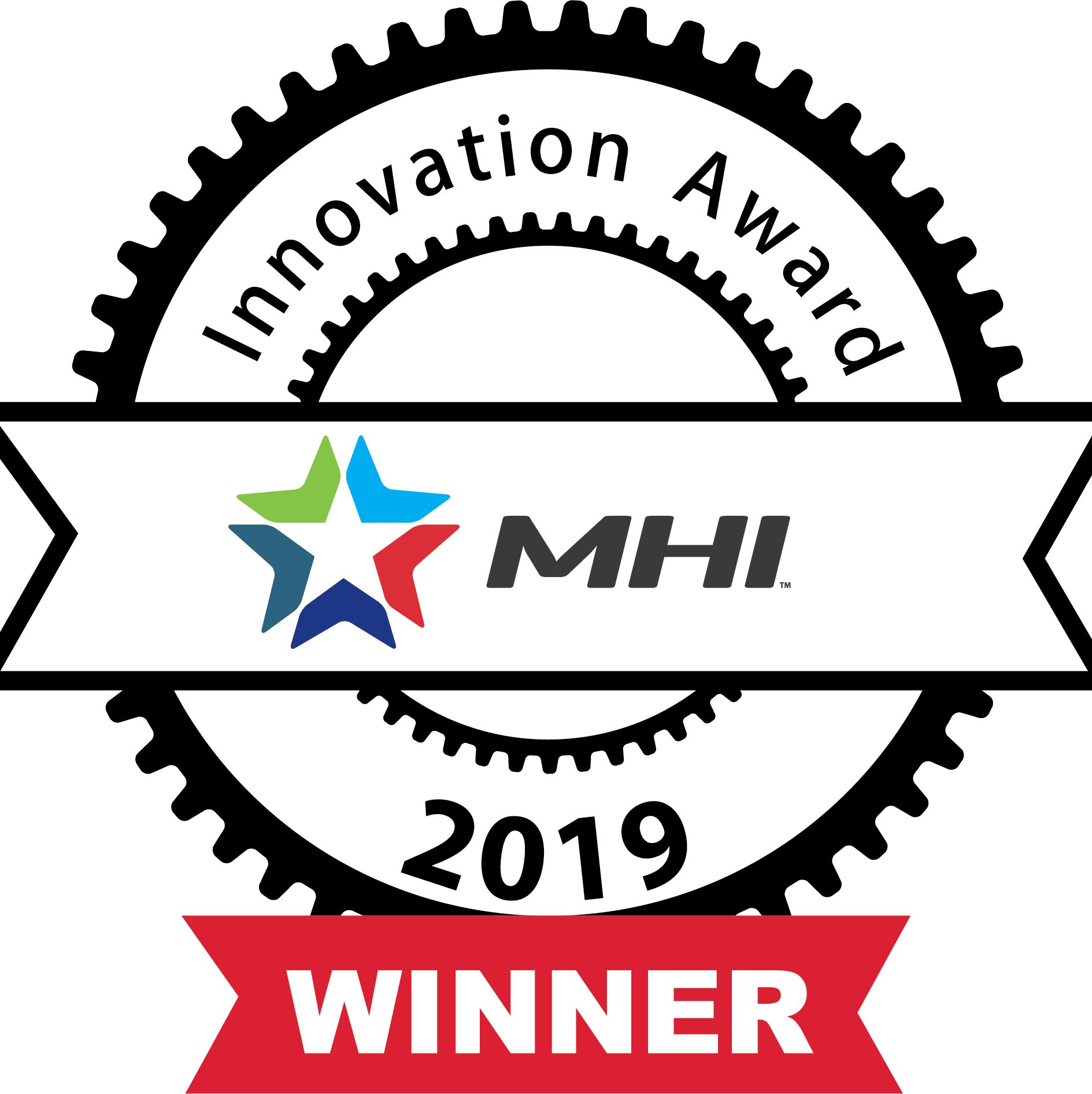The logistics industry has been on a tumultuous journey over the past decade. From navigating global supply chain crises to adapting to the surge in e-commerce, the sector has faced numerous challenges. However, these challenges have also spurred innovation and transformation. As we move into 2025, the industry is poised for even more profound changes. Advancements in technology, such as artificial intelligence and automation, are revolutionizing logistics operations, making them more efficient and responsive. Evolving consumer expectations are pushing companies to offer faster, more reliable, and sustainable delivery options. Additionally, there is a heightened focus on sustainability, with businesses adopting eco-friendly practices to reduce their carbon footprint and meet regulatory requirements. Here are the key trends shaping the logistics industry in the coming months.
1. Sustainability Becomes Non-Negotiable
Sustainability is no longer a choice but a necessity. Consumers are increasingly seeking environmentally conscious businesses, and regulations around carbon emissions and eco-friendly practices are becoming stricter. Companies are transitioning to energy-efficient delivery vehicles, optimizing delivery routes to reduce fuel consumption, and using eco-friendly packaging to meet customer expectations.

Sustainability also encompasses ethical labor practices, sourcing renewable materials, and minimizing waste. These efforts not only reduce environmental impact but also strengthen brand loyalty.
2. Technology & AI-Powered Logistics Optimization
Artificial intelligence (AI) has now also arrived in logistics. AI tools analyze vast amounts of real-time data and can thus enhance decision-making, predict demand, optimize routes, and reduce delivery times. In 2025, AI-driven warehouse management systems are using predictive analytics to determine stock replenishment needs, reduce waste, and improve inventory turnover.
AI-driven demand forecasting is becoming a remedy for uncertainty in supply chains. By analyzing historical data and market trends, AI can predict future demand with high accuracy, helping companies manage inventory more effectively and reduce waste. As recently reported by McKinsey, AI-powered forecasting in supply chains can cut errors by 30-50%, reduce lost sales from stock outs by 65%, and lower warehousing costs by 10-40%.
Furthermore, orchestration tools are another valuable tool for optimizing logistics operations in 2025. These tools sit above existing applications and enable process workflow across multiple solutions. Orchestration tools, like redPILOT, offer high flexibility and unmatched business intelligence.
3. Evolving Workforce Dynamics
As automation takes over repetitive tasks, the logistics workforce is evolving to meet the demands of a tech-driven industry. Collaborative robots (cobots) are increasingly working alongside employees in warehouses, enhancing efficiency and reducing manual strain. But still, labor shortages will continue to be a significant challenge for the logistics sector in 2025. Businesses will need to adopt proactive strategies to attract and retain talent.
For their existing staff, they will need intensive training programs to boost digital literacy, ensuring their teams can operate advanced technologies and leverage data for decision-making.

Enhanced safety measures and more flexible working arrangements will play a crucial role in addressing workforce challenges. Additionally, the use of autonomous vehicles and drones is expected to grow, helping businesses address gaps in labor-intensive areas and mitigate the impact of ongoing labor shortages.
4. Resilience
Resilience continues to be a key issue for logistics companies in 2025. The introduction of new tariffs of up to 25 % on imports is on the cards in the US. This is likely to significantly disrupt global supply chains. The threat of potential retaliation of other nations causes concerns about further uncertainty and increased costs for logistics. It is likely that businesses will try to enhance supply chain agility. Here again, AI is likely to support strategic initiatives and scenario planning. But resilience is not just about managing risks, but also about creating opportunities to improve operational efficiency and customer satisfaction. Businesses will need to embrace intelligence that absorbs and recovers from disruptions.
Looking Ahead at the Trends Shaping the Logistics Industry
The logistics industry in 2025 will be defined by its ability to balance sustainability, technology, and resilience.
As in the past years, new technologies and AI will be crucial for success. Orchestration tools, like redPILOT, that sit above existing applications, enabling process workflow across multiple solutions, can give valuable insights to help unlock new opportunities to grow and innovate. If you want to learn more about it, give us a call.
We wish you a happy and successful year!





